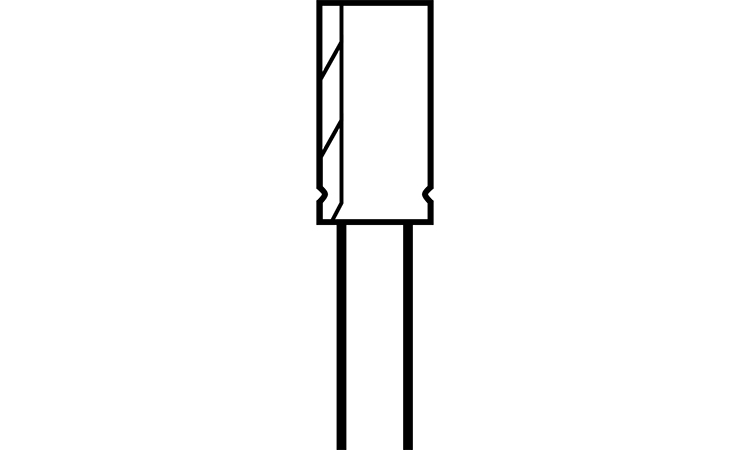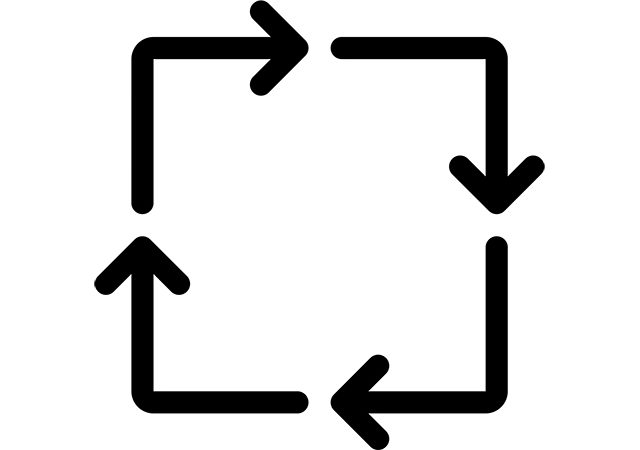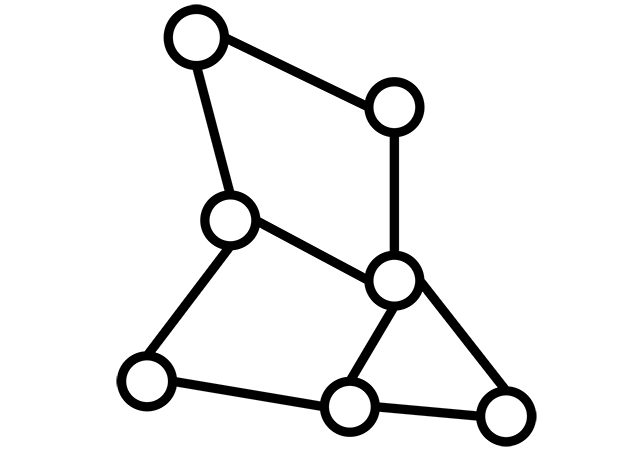Capacitance is an ideal element of an electric circuit, replacing the capacitor, storing the energy of electric field. Capacitance is marked with the letter C – its units are Farad (F).
, is charge (Cl), is capacitor voltage (V).
Generally speaking, the curve is not linear, then is related to . When is a linear function, capacitance is constant. Let us imagine that the capacitor is two parallel plates with dielectric between them. Voltage puts the same value of charge on the capacitor plates but with opposite signs. The capacitor plate with the higher potential will be charged positively, while the plate with lower potential will be charged negatively.
When capacitor voltage changes, current appears in the electric circuit:
This current is conductance current of an electric circuit with conductance element. Current transfers to the bias current of the capacitor dielectric. The last characteristic was invented by Maxwell and is related to the field theory, a scalar value, which is inversely proportional to the rate of change in electric intensity.
Due to the bias current, current of the capacitor is represented as a loop.
.
When is and .
Instantaneous power on the capacitor is as follows: .
This power is related to the collecting and decreasing of energy stored in the capacitor.
If the charge is positive and increasing, then current is also positive and the capacitor is collecting energy from the circuit. If the charge is positive but decreasing, then current is negative, and energy stored in the capacitor goes to the circuit.
Let us imagine that capacitor has some voltage , then energy of an electric field at the moment of time t has the following value:



